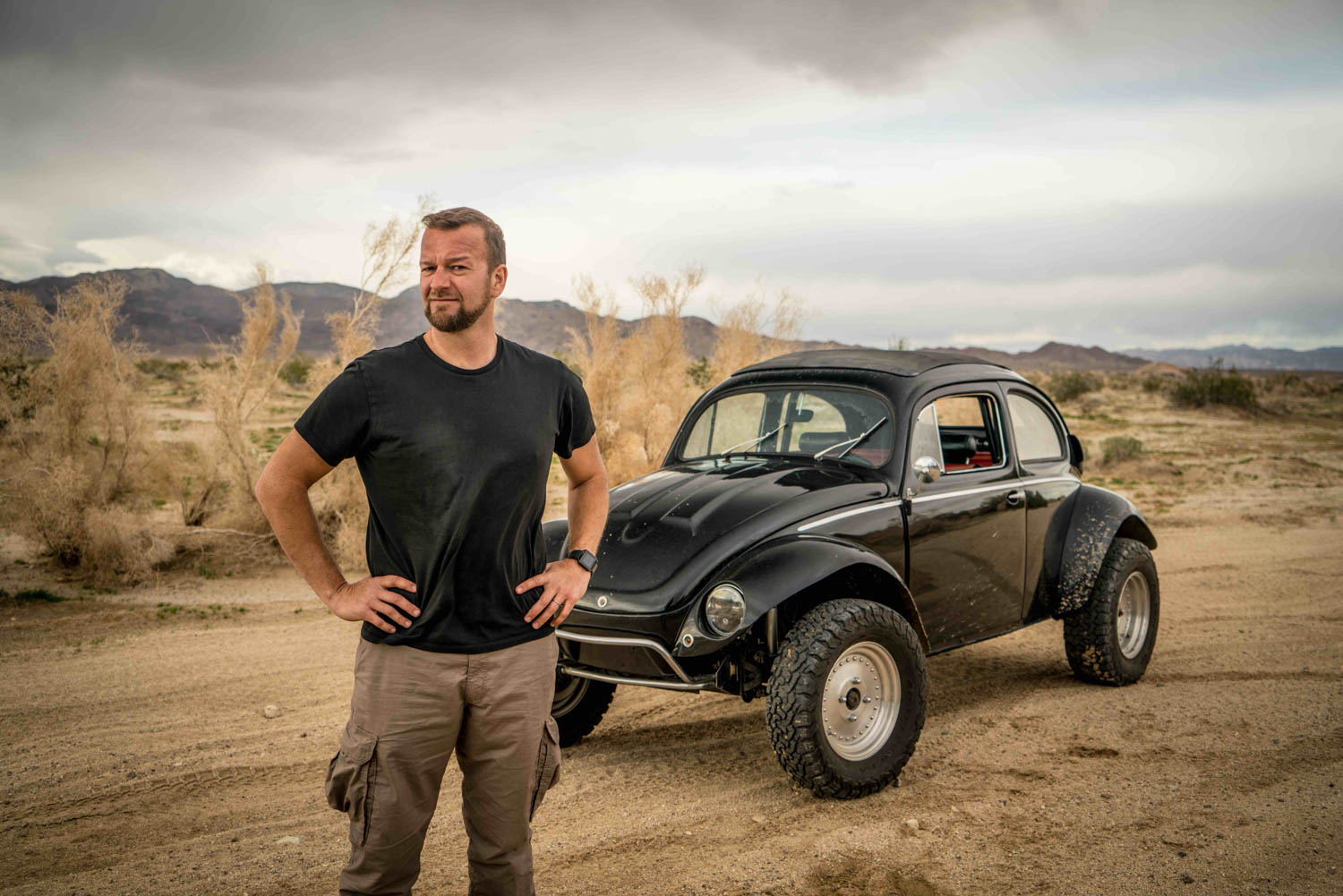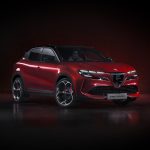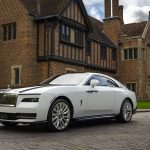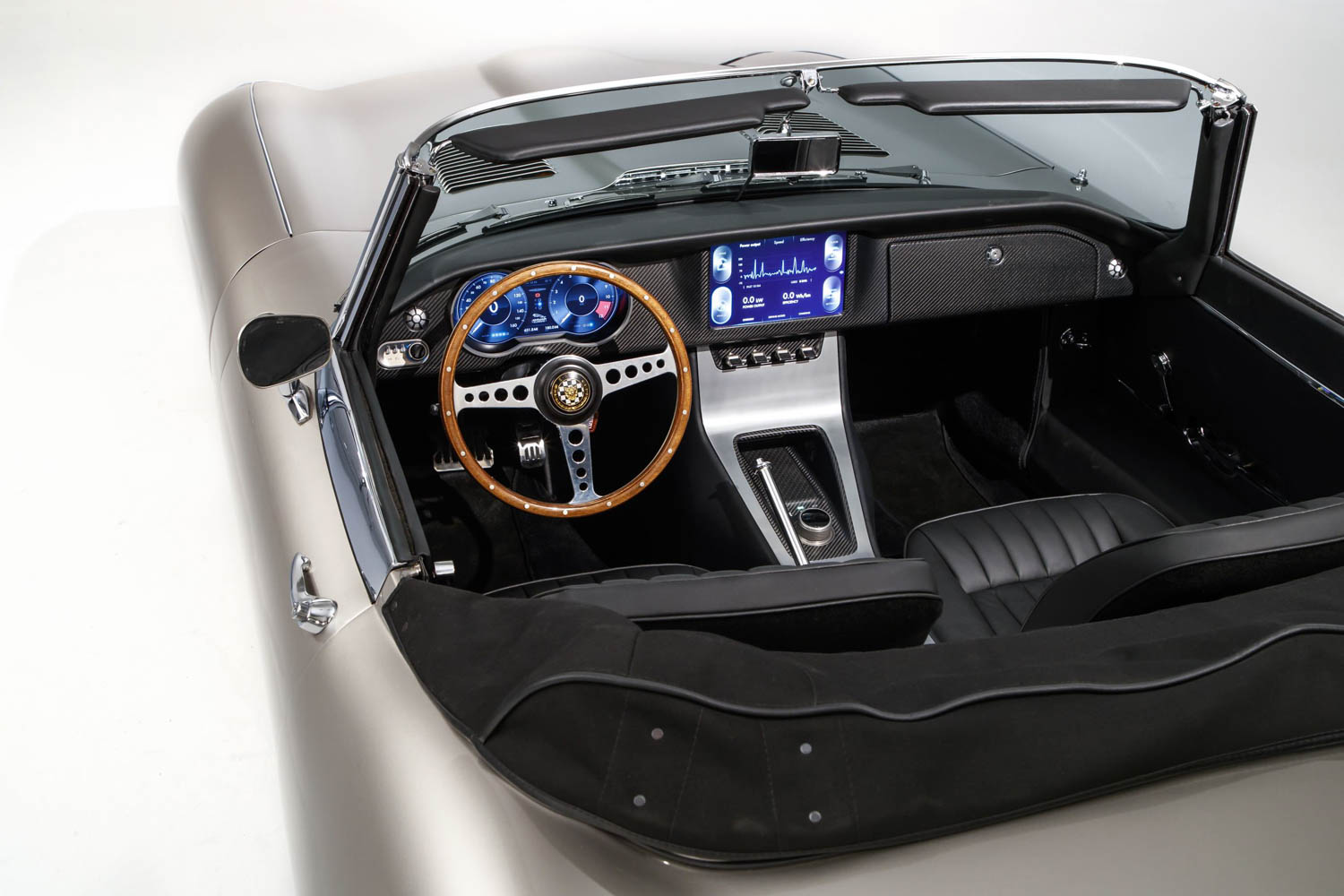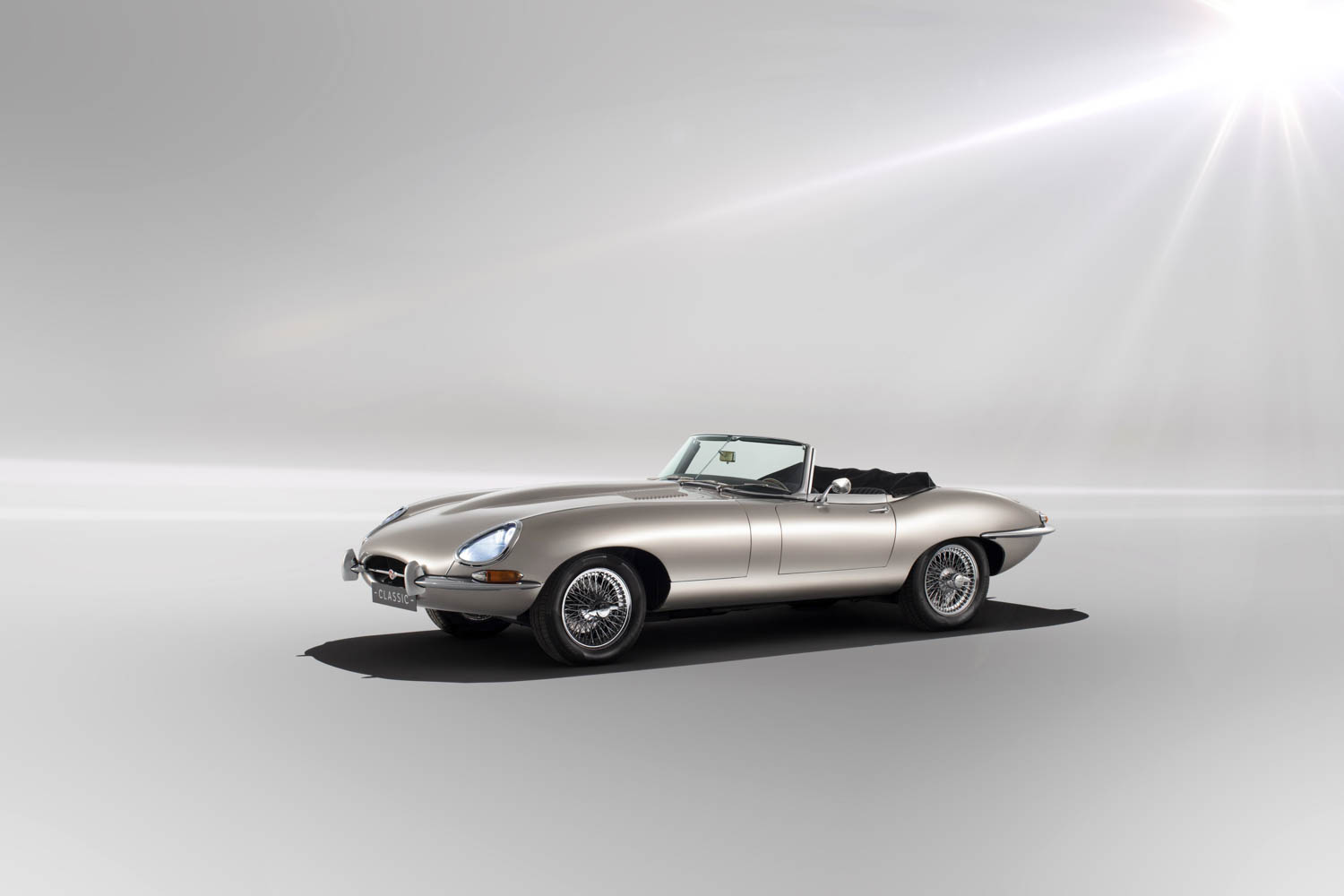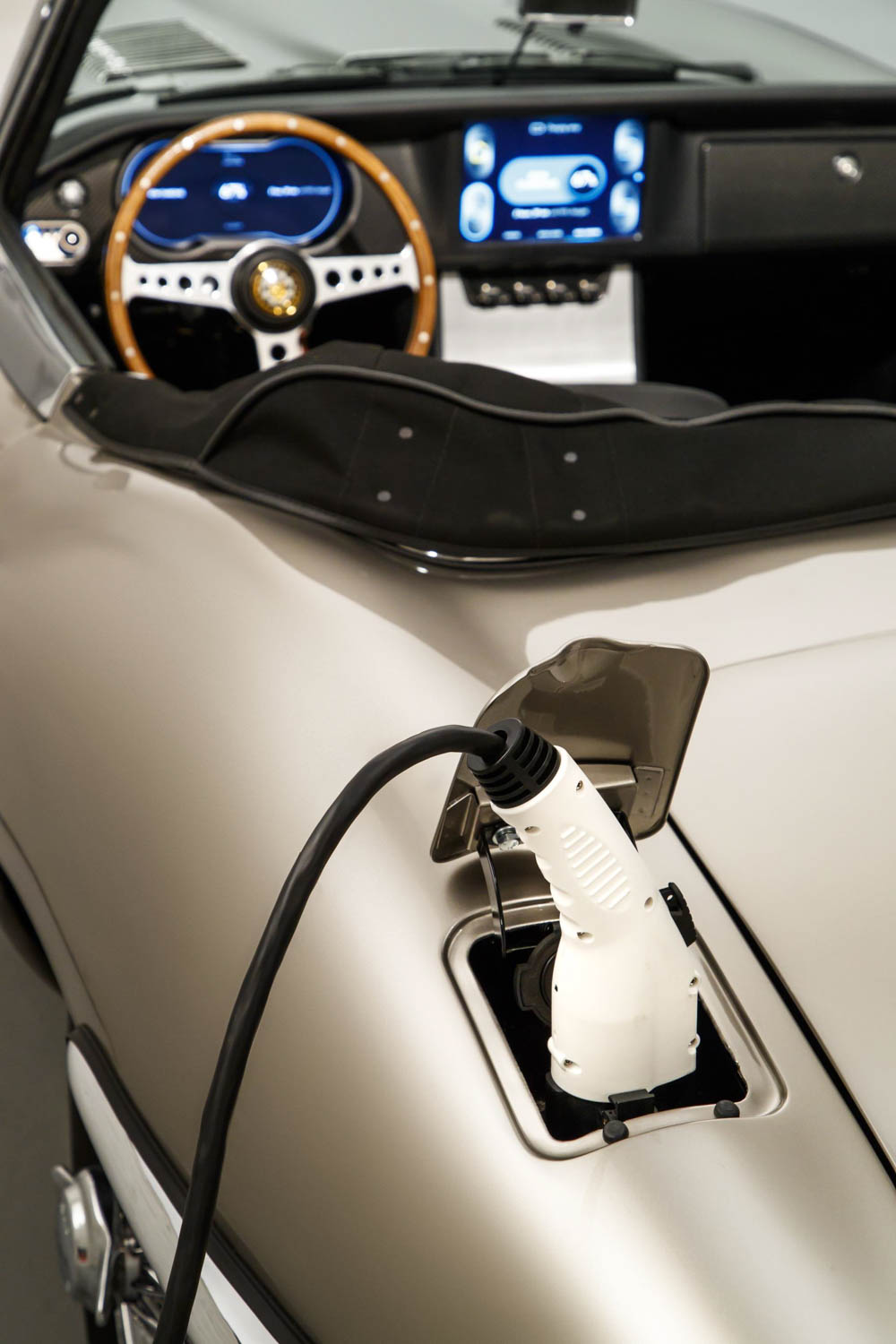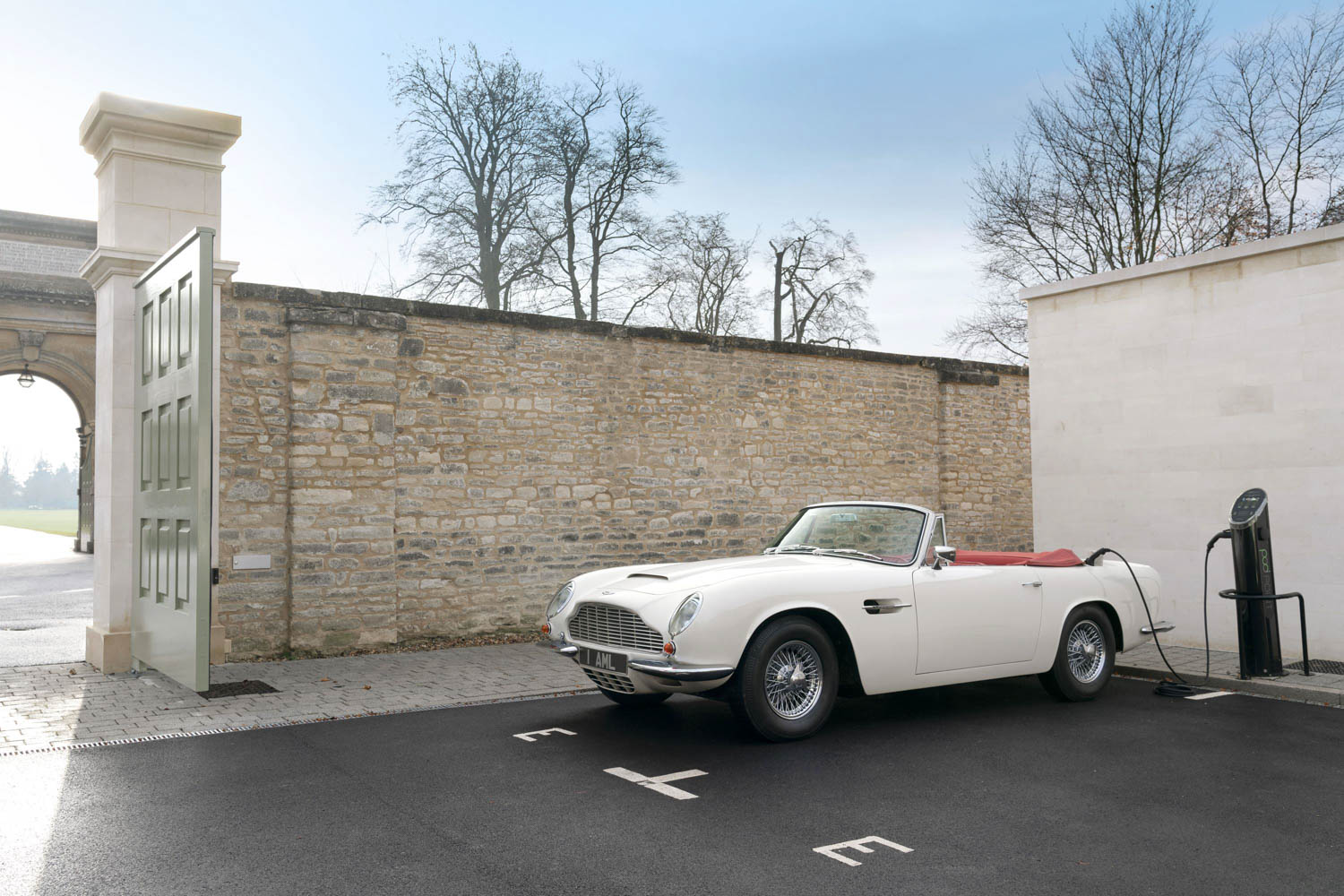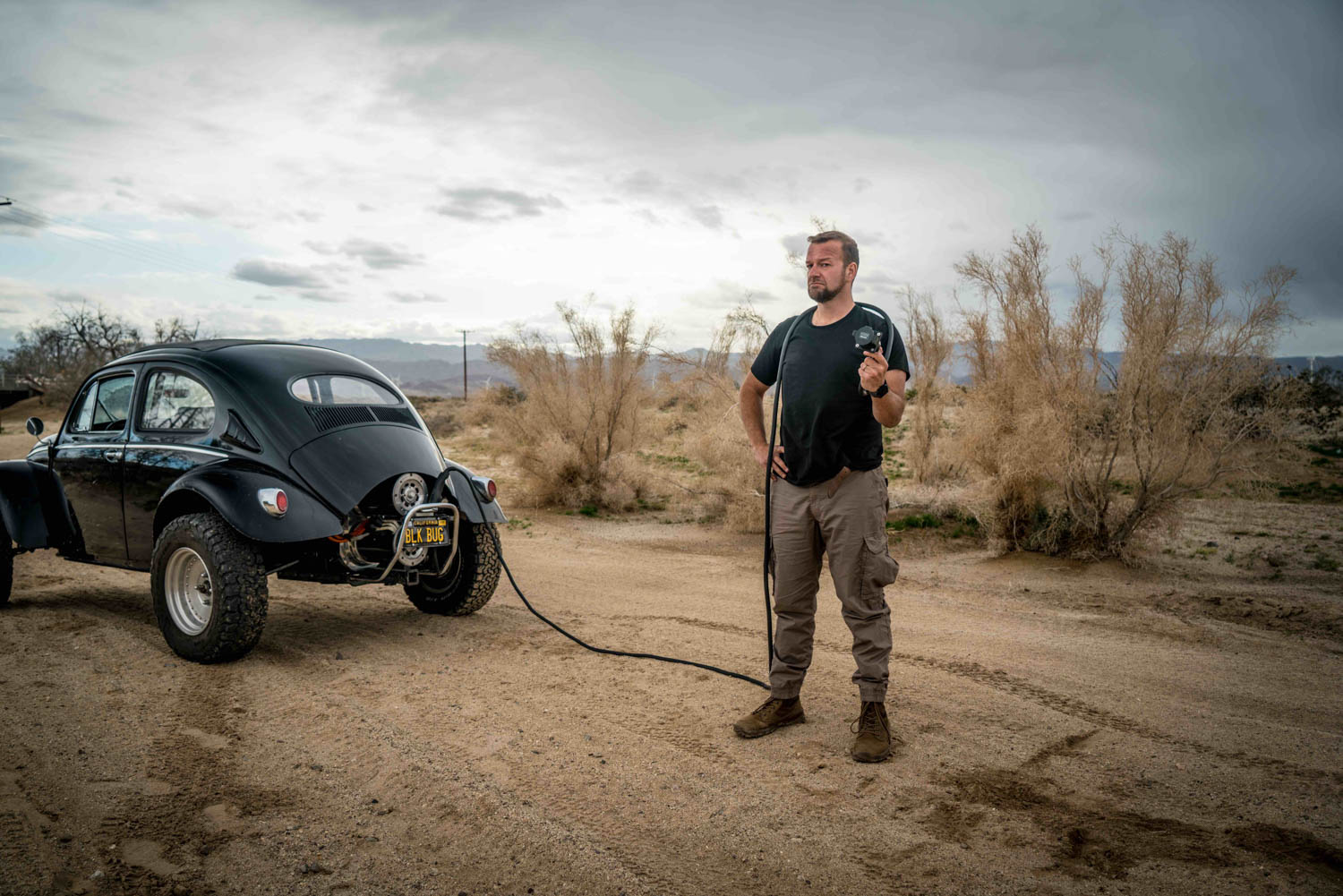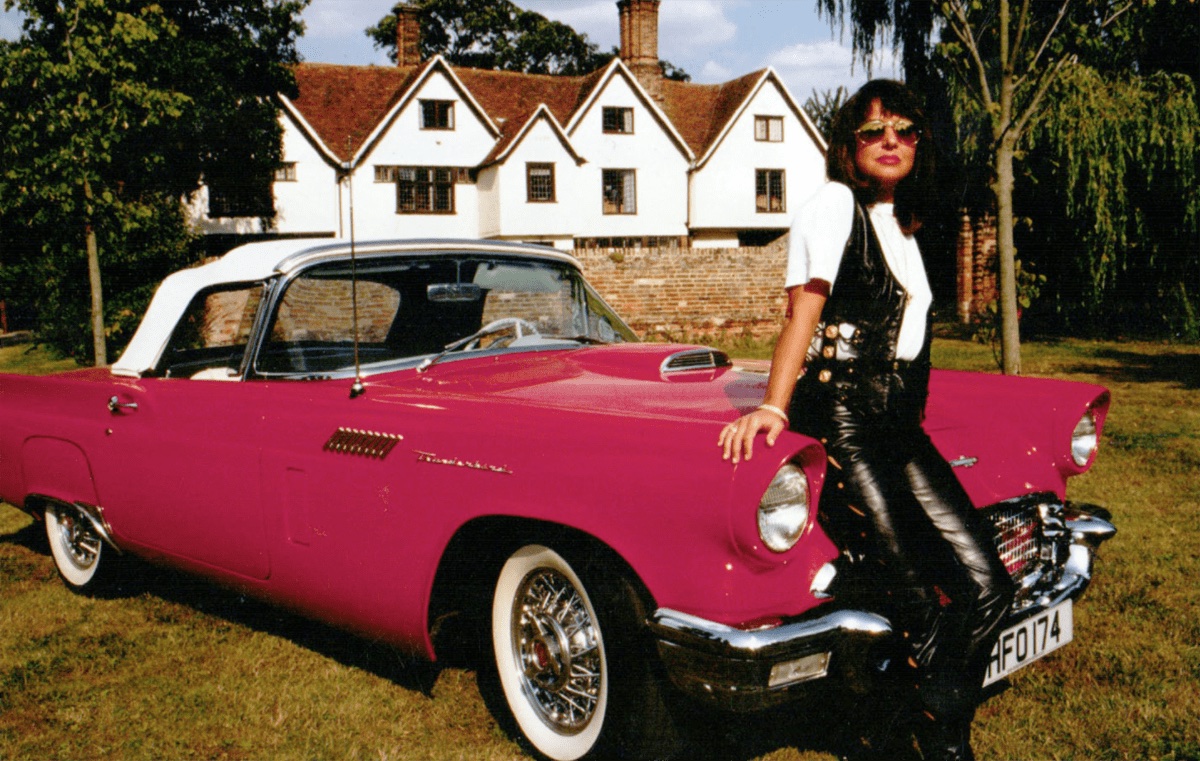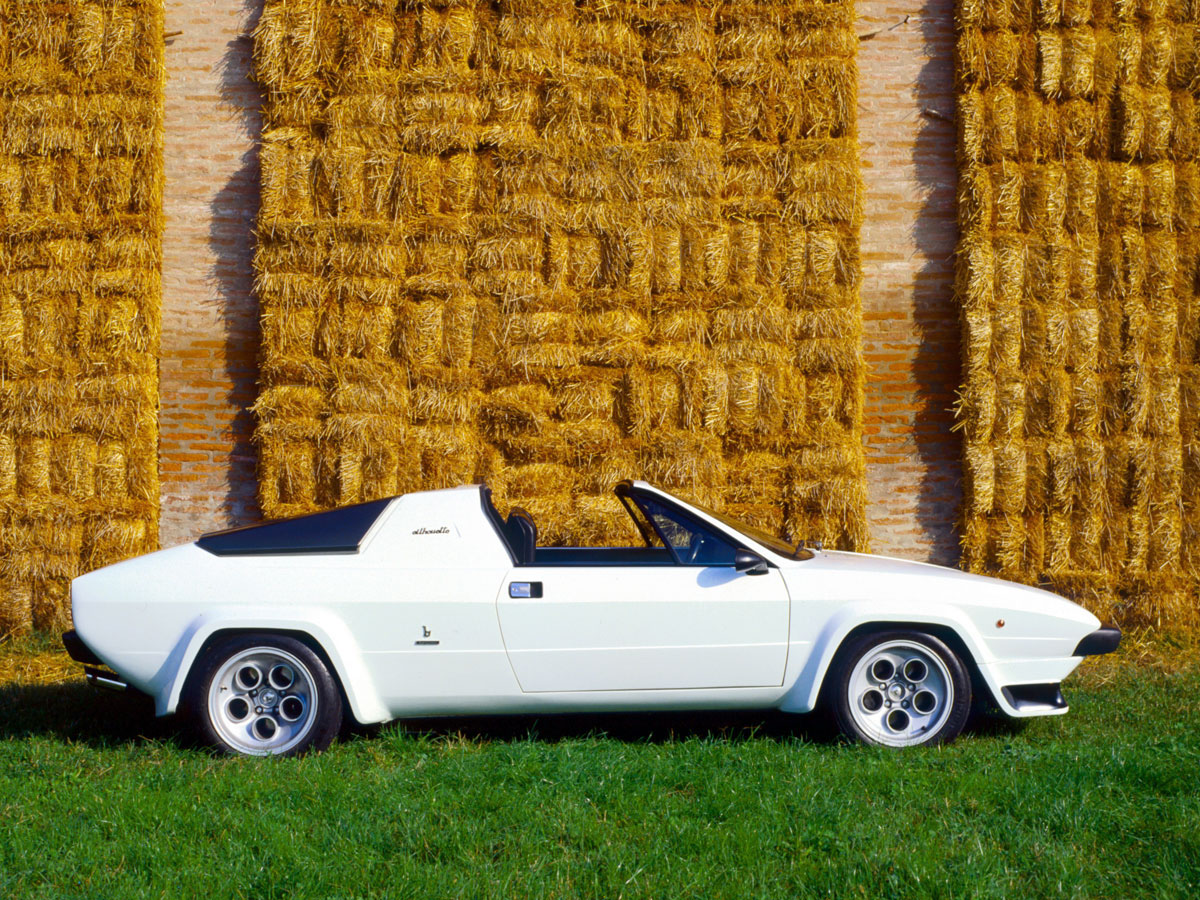“I would rather bludgeon myself with a blunt spoon than drive an electric car.”
“EVs have no soul, it’s like driving around in a hairdryer.”
“They’re dangerous – what do you do when it rains?!”
The internet, today. And yes, we’re all familiar with the brain-dump nature of internet opinions, but don’t wade into the electric car debate unless you have a strong stomach for wilful misinterpretation, rabid tribalism and flat-out stupidity. Or, as demonstrated by the last quote, a basic lack of understanding of modern waterproofing.

But there we have it – electric cars are still, in some quarters, regarded with suspicion if not outright hatred by many so-called ‘petrolheads’. I’m one of those people. My life has been based around machines that make dead trees go bang. I have a healthy scepticism of the bawling evangelism that EVs have brought to bear, though I’m also very much into progress and technology. And so I’ve been doing a bit of digging.
That digging has resulted in a TV show for MotorTrend called Hard Cell, all about extreme electric vehicles that subvert the idea that all electric motivation is solely concerned with being kind to the environment. That sometimes, it’s just better suited to an application. I took a long look at electric hypercars, for instance, and wondered if machines like the 2,000bhp EV Lotus Evija, Pininfarina Battista or Rimac C-Two could ever replace the theatre and drama of an internally-combusted supercar. I looked at EV motorsport, from EV Rallycross to drag racing. I even considered whether electric motivation was any good at off-road adventuring, and drove the Extreme E off-road truck around the desert in Arizona.
I found that it works brilliantly for some things, and less well for others. Surprise, surprise.
But there was one car that threw up lots of questions, a classic 1950s VW Baja Beetle. It had been converted by a US company called EV West, which fitted batteries and motors that delivered 130bhp and some 300lb ft of torque into a car that had all the character and visual appeal of the original. But that’s probably three or four times the power of the four-cylinder petrol engine that sat in the Beetle’s bottom when it was born, all delivered without the mechanical clatter of carbs and cylinders. Which prompted the question of whether EV conversions of classic or modern classic cars is actually a good thing, or simply fashionable, ‘woke’ butchery?
As ever, the answers are a touch more nuanced than the internet would have you believe. The pros are obvious. Electricity as a power source is powerful, can be clean, simple (far fewer moving parts), silent and of-the-moment, neatly allowing you to sidestep government restrictions on traditional combustion motors and still drive a cool-looking classic. Installation is less complicated than you might expect, mostly to do with how much battery (range) you think you need, and how heavy that might be. And with ladder – separate – chassis cars, there’s usually some useful underfloor space. You can even use the original gearbox.
The cons are equally obvious; loss of character. The idea of a classic is that it has soul, noise, a memory-jogging smell of hot oil and burned hydrocarbons. Visceral touchpoints that are obviously missing from a silent drivetrain that only smells faintly of ozone.
However, there’s more to consider. Is the classic in question’s engine an integral part of the car’s overall experience? No one really bought a Beetle for the spluttery boat-anchor of a motor and the EV West car made all sorts of sense. I ploughed around the Arizona desert having a whale of a time and scared no wildlife in the process. The car was fast (ish), capable and fun. And when the time came to charge, I simply hooked it up to a portable, trailer-bourne solar farm by a company called Tier One Solar. Guilt-free desert playtime. It doesn’t even cost that much, either – EV West sell conversion kits for a few thousand dollars. Not small change, but not impossible. Similarly, there are legions of awesome classic French hacks just crying out for an EV transplant. My favourite would be a Citroen DS Décapotable with some Tesla hardware at its heart. They had rubbish engines anyway, and would suit some electrical waft. The point being, if the engine was a weak spot in the original, then there’s an argument for an EV upgrade.
Classic sports cars? That’s a harder line to take. If the engine was a highlight, then I’d say leave it well alone. Apart from the fact that sympathetic installations of EV drivetrains are reversible. Aston Martin has dabbled with some classic conversions from the ‘Q’ Division. Jaguar has presented the Concept Zero E-Type (the one that ferried Harry and Megan away from the church at the Royal Wedding), another ‘untouchable’ that carries a reversible EV arrangement. Sit the historically important motor on a shelf and keep it for re-integration when necessary and appropriate.
Bluntly though, I’m not so keen on this kind of thing. I’ve driven an electric Ferrari 308 – the engine having been destroyed in a particularly nasty fire, so it wasn’t an unsympathetic project – and even though it was roughly twice as fast as it was originally, hearing every squeak and rattle from the body without any raucous Ferrari multi-cylinder opera to drown it out spoiled the fun.
Which brings me back to the original point. Electric conversions are merely another tool in our collective armoury to keep classics on the road. We’ve been upgrading things for years, and this is merely an application of maturing technology that gives us even more choice. It’s not ‘the same’, but does it really need to be? Considered use of electrical drivetrains won’t replace enthusiast’s vehicles, but it might extend the life of some of them into the next century. We just need to make the appropriate choices, and not worry when it rains.
